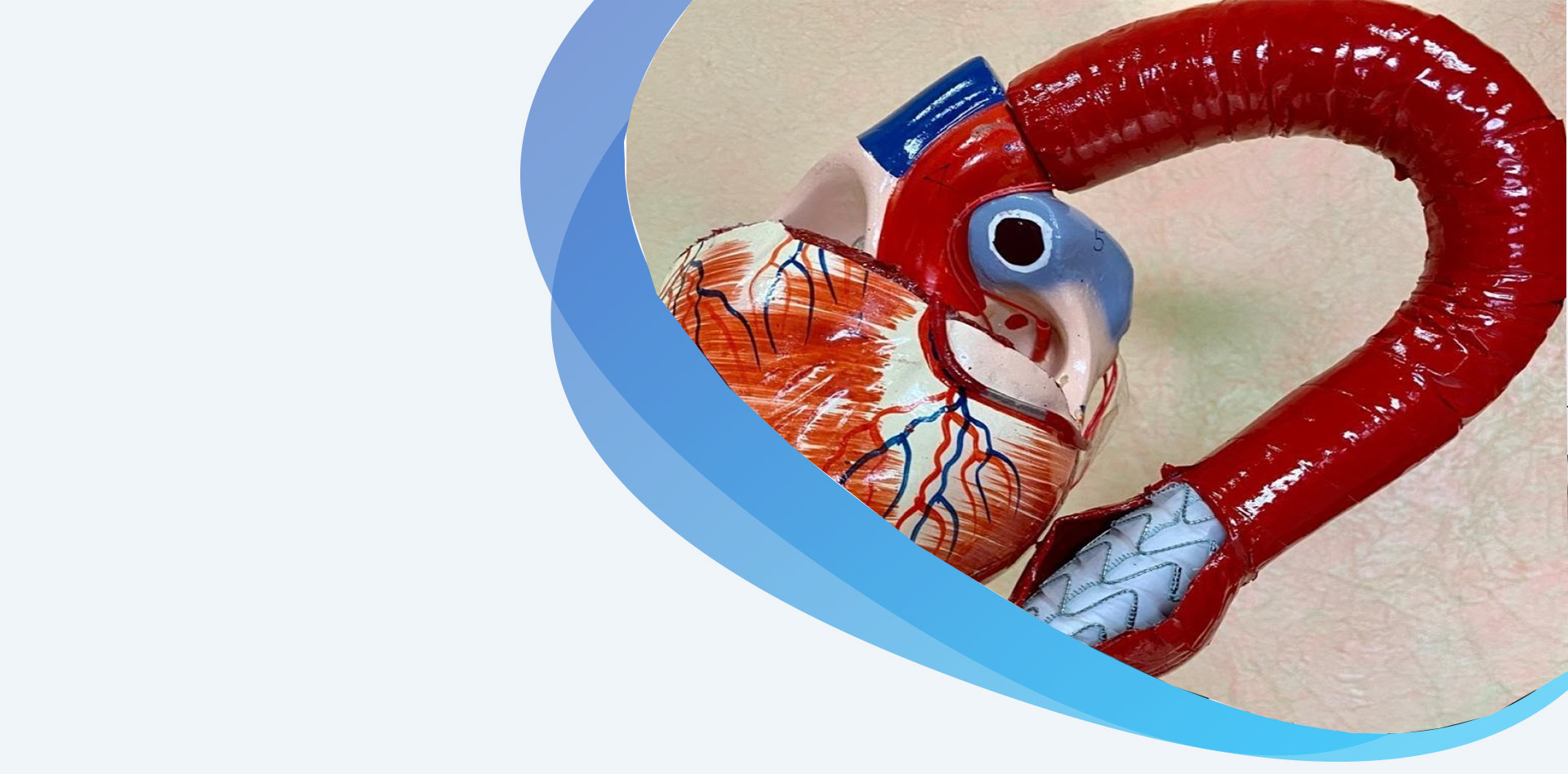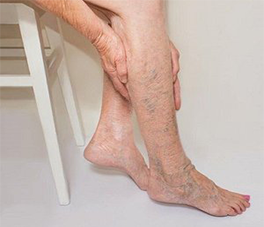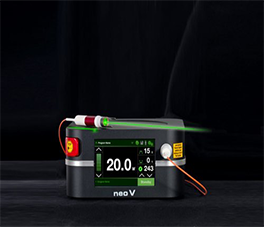Endovasculat Rx-Aortic Dissection


An aortic dissection is a tear in the lining of the aorta that creates two blood flow channels. One channel, called the true lumen, feeds blood to most of the important branches of the aorta and is surrounded by the normal aortic lining. The second channel, called the false lumen, may only feed a few (if any) important branches.
Aortic dissection is a very complicated condition. Untreated, an aortic dissection can lead to death.
A dissection that involves the ascending aorta almost always requires emergency open-heart surgery to repair the vessel and prevent death. ONLY ENDOVASCULAR TREATMENTS for distal dissections occurring beyond the left subclavian artery (feeds the left arm) are described here.
Treatment of an aortic dissection may be needed if:
1. Treatment is first given is to control your blood pressure and heart rate, usually in the emergency room.
2. A CT angiogram is used to determine the location and extent of the dissection, and to evaluate what part of the aorta and which aortic branches may be involved.
3. If endovascular treatment is appropriate, one of the two procedures below will likely be recommended.
TEVAR or stent grafting is a minimally invasive treatment for an aortic dissection or aneurysm. In the case of a dissection, a cloth-covered stent graft is used to seal the tear in the aorta. One or more uncovered stents may be added to support and expand the true lumen in order to improve blood flow to your abdominal organs, pelvis and legs.
ENDOVASCULAR FENESTRATION is done to improve blood flow to a specific branch artery or to help equalize pressure between the true and false lumens.

Though the incidence of side effects and complications is low with both TEVAR and endovascular fenestration, there are risks to consider.
Major or minor stroke (up to 5–7% of cases); insufficient blood supply to the spinal cord, which can lead to leg paralysis (up to 3%), and extension of the dissection (up to 3%).
If your kidneys are damaged prior to TEVAR, contrast injury may occur, which can affect kidney function and lead to temporary or permanent dialysis.
If the procedure fails to improve blood flow to artery branches, bypass surgery or open surgery treatment of an aortic dissection may be necessary.
Bleeding at the puncture/access site may occur; this can be treated with pressure or surgical repair.
Bruising and swelling at the puncture/access site may occur and will resolve on its own.
A pseudoaneurysm or leakage of blood outside the puncture site may occur. This occasionally requires repair, or may resolve on its own.

